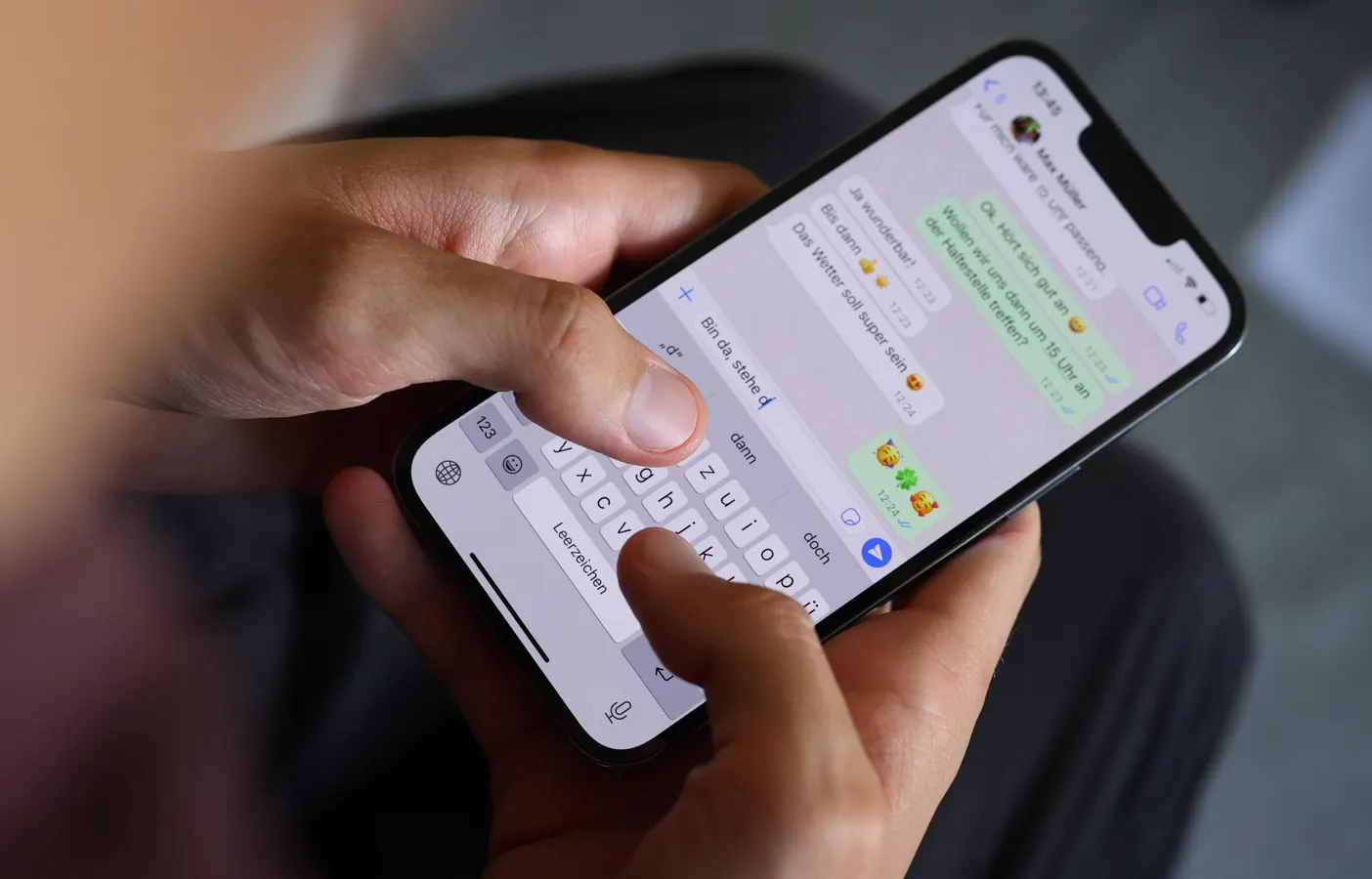Automatic app updates streamline software maintenance but reduce user control over device storage, data usage, and version compatibility. Disabling this feature allows manual management of app versions, particularly useful for limited data plans, unstable updates, or enterprise device configurations. This paper provides technical instructions for Android and iOS platforms, focusing on store settings, OS-level configurations, and data management trade-offs.
Managing App Updates on Android Devices
Android handles app updates through the Google Play Store. To disable automatic updates:
- Open the Play Store app
- Tap your profile icon (top-right corner)
- Select Settings > Network Preferences > Auto-update apps
- Choose Don’t auto-update apps
This setting prevents background updates over Wi-Fi and mobile data. For enterprise-managed devices, administrators can enforce this configuration via Android Enterprise API restrictions.
Controlling App Updates on iOS
iOS devices use the App Store for update management. Disable automatic updates with:
- Open the Settings app
- Navigate to App Store
- Toggle off App Updates under Automatic Downloads
This action stops all automatic app updates. Manual updates remain accessible through the App Store’s Updates tab. iOS 15 and later versions retain this setting across iCloud account syncs.
Data Management and Update Control
Automatic updates consume 50-300MB monthly per average app. Disabling them reduces background data usage but requires manual oversight. On Android, enable Update apps only over Wi-Fi as a middle-ground solution. iOS users can restrict background data via Settings > General > Background App Refresh.
OS-Specific Configuration Differences
Android permits per-app update controls through the Play Store’s Manage apps & device section. iOS lacks granular app-level controls – the system-wide toggle affects all applications. Both platforms exclude system apps from user-controlled update settings.
Maintaining App Security Without Auto-Updates
Manual update management requires periodic checks for security patches. Schedule biweekly reviews of Play Store or App Store updates. Critical security updates are marked with “Priority” labels on Android and “Recommended” tags on iOS. Enterprise MDM solutions can push essential updates while maintaining general auto-update restrictions.









